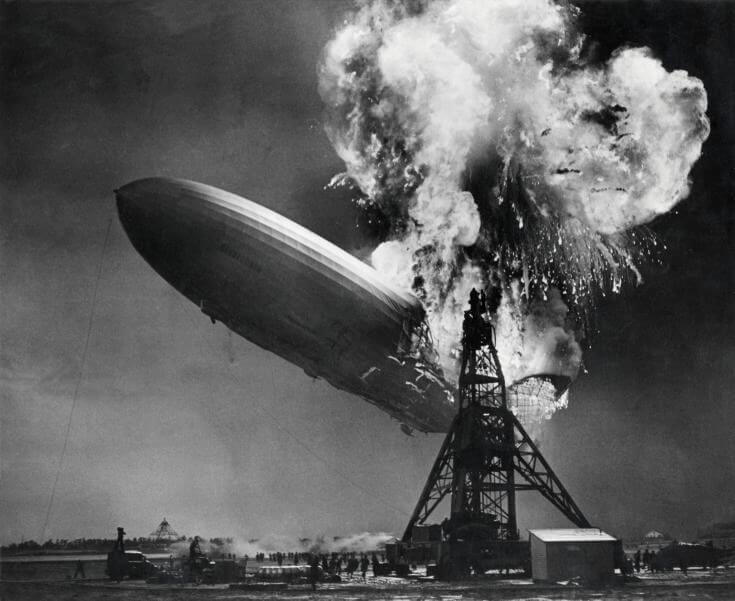Zeppelin, better known as the airship is driven balloon, driven by a power plant which works on the basis of light-weight hydrogen or helium. Surge operation of the vehicle occurred at the beginning of XX century, when it was considered not just a means of transportation, but a luxurious way to show off their wealth wealthy segment of the population. After almost 80 years after the last mass exploitation of the airships, giant flying giants can return to the sky and become part of our everyday life. However, this time the airships will not be used for the carriage of passengers, and as environmentally friendly vehicles for the delivery of goods around the world.

At the moment, the number of airships in the world is quite limited. Most often, they are used as original advertising funds, if necessary, collecting information about traffic situations, as well as in the organization of tourist flights.
What is the zeppelins and how they work?
Zeppelins airships represent a rigid system, a feature which appears in the distribution of carrier gas in separate compartments, in fabric covered metal frame. These highly original device named after its Creator, German count Ferdinand Zeppelin. Implementation of the project for the construction of a balloon of air began in 1899, and the first flight of the airship “Zeppelin — LZ 1” took place in 1900. After the successful test of a new aircraft, Zeppelin airships were used for both military and civilian purposes. Despite its incredible success, the era of airships ended as quickly as it had begun. The main reason flying mounts was the crash of the Zeppelin Hindenburg in 1936, which turned out to be a disaster.
See also: The world’s longest airship will be fully electric

The crash of the Zeppelin LZ 129 Hindenburg carried away lives of 36 persons
So, on 3 may, the Zeppelin “Hindenburg” went from Frankfurt to Lakehurst. On Board in total there were 97 people. On may 6, 1936, arrived to the landing site, the airship suddenly burst into flames and crashed to the ground from a height of 180 meters. Despite the fact that the cause of the fire is soon found out by a special Commission, for people of this disaster becomes the main reason for the termination of operation of the zeppelins. According to expert opinion, the fire occurred due to hydrogen leakage, which was caused by the rupture of the hydrogen tank at the time of landing of the air vehicle.
Zeppelins can go back to sky in the near future
Despite the unexpected decline of technology of balloons, which occurred at the beginning of the XX century, after almost 80 years of giant airships ready to return. The newest zeppelins are 10 times more than 800 pounds of Hindenburg and 5 times bigger than the Empire state building. According to the developers of new balloons, they would carry out the traditional work of the cargo ships, but much faster and with minimum environmental pollution.

Perhaps, in the near future we will be able to see come back to life airships
Scientists say that this airship to circumnavigate the globe will be for 16 days, carrying about 20,000 tons of payload and while expending energy. The latest generation of aircraft will move the jet stream, which is a powerful belt of winds that surrounds the Earth. As 80 years ago, zeppelins will be floating due to the hydrogen is 14 times lighter than air. Due to the flammable gas of the latest airships to be fully Autonomous, and the boot process will lead the robotic system.
If you like this article, I invite you to join our channel on Yandex.Zen, where you can find more useful information from the world of popular science and technology.
Scientists believe that the development of new technologies will improve the reliable construction of airships and to reduce the risks of hydrogen leaks and associated fires in several times in comparison with their predecessors. If so, then very soon we expect an era of new vehicles and the boom of transportation around the world. It remains only to once again note that “everything new is well forgotten old”.